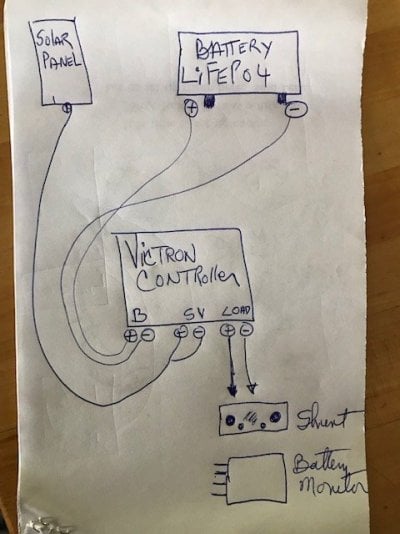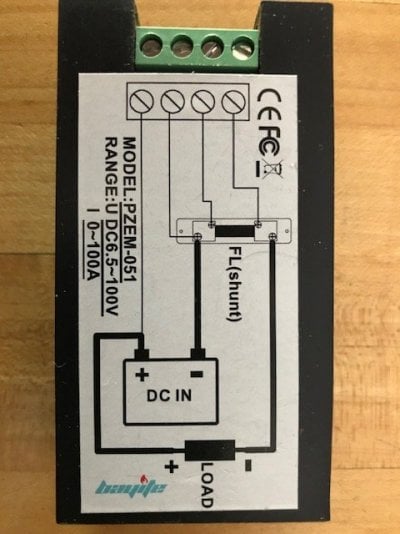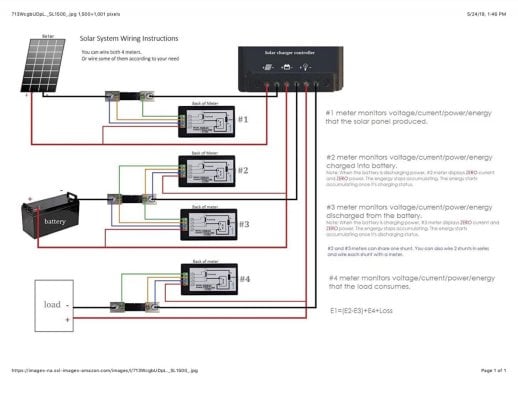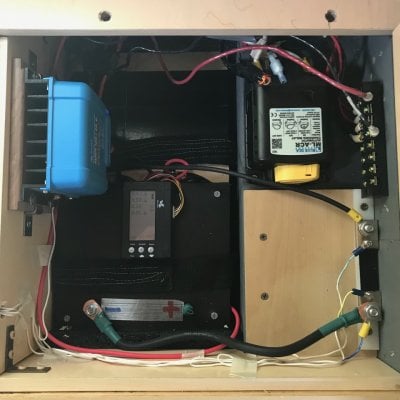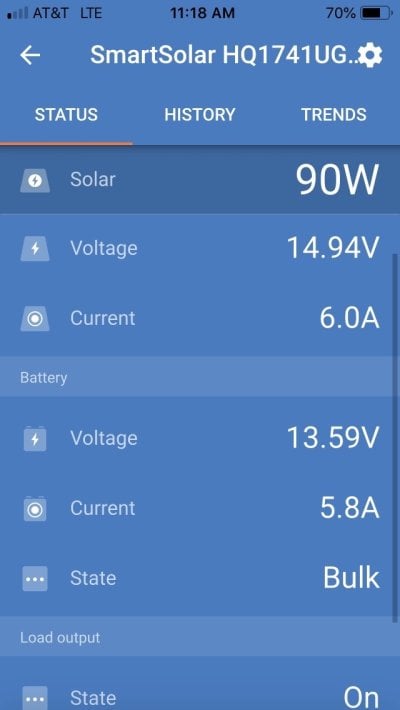As part of the LiFePo4 battery install in the Eagle I thought it would be good to have a monitor (though not a Trimetric) to see what is happening in realtime. The new set up will have 2 solar panels (160 W on the roof and a Flex portable 100 W ). The roof panel is wired to the battery box as is the portable via a exterior wall plug. These will pigtailed to the Victron MPPT 100 / 20 Controller which has bluetooth (to iPhone).
I built the Rando Lithium battery to replace the two AGM batteries. There is a Blue Seas battery separator.
I would like to wire the shunt in the battery box and then replace my old voltmeter monitor with the new battery monitor which is in the cabinet front with the other FWC gauges.
My question is:
Is the shunt installed in the positive and negative lines coming out of the Victron Controller LOAD ? And then continuing on to the Camper DC fuse box? Or is it in-between the battery and the Controller?
I built the Rando Lithium battery to replace the two AGM batteries. There is a Blue Seas battery separator.
I would like to wire the shunt in the battery box and then replace my old voltmeter monitor with the new battery monitor which is in the cabinet front with the other FWC gauges.
My question is:
Is the shunt installed in the positive and negative lines coming out of the Victron Controller LOAD ? And then continuing on to the Camper DC fuse box? Or is it in-between the battery and the Controller?

